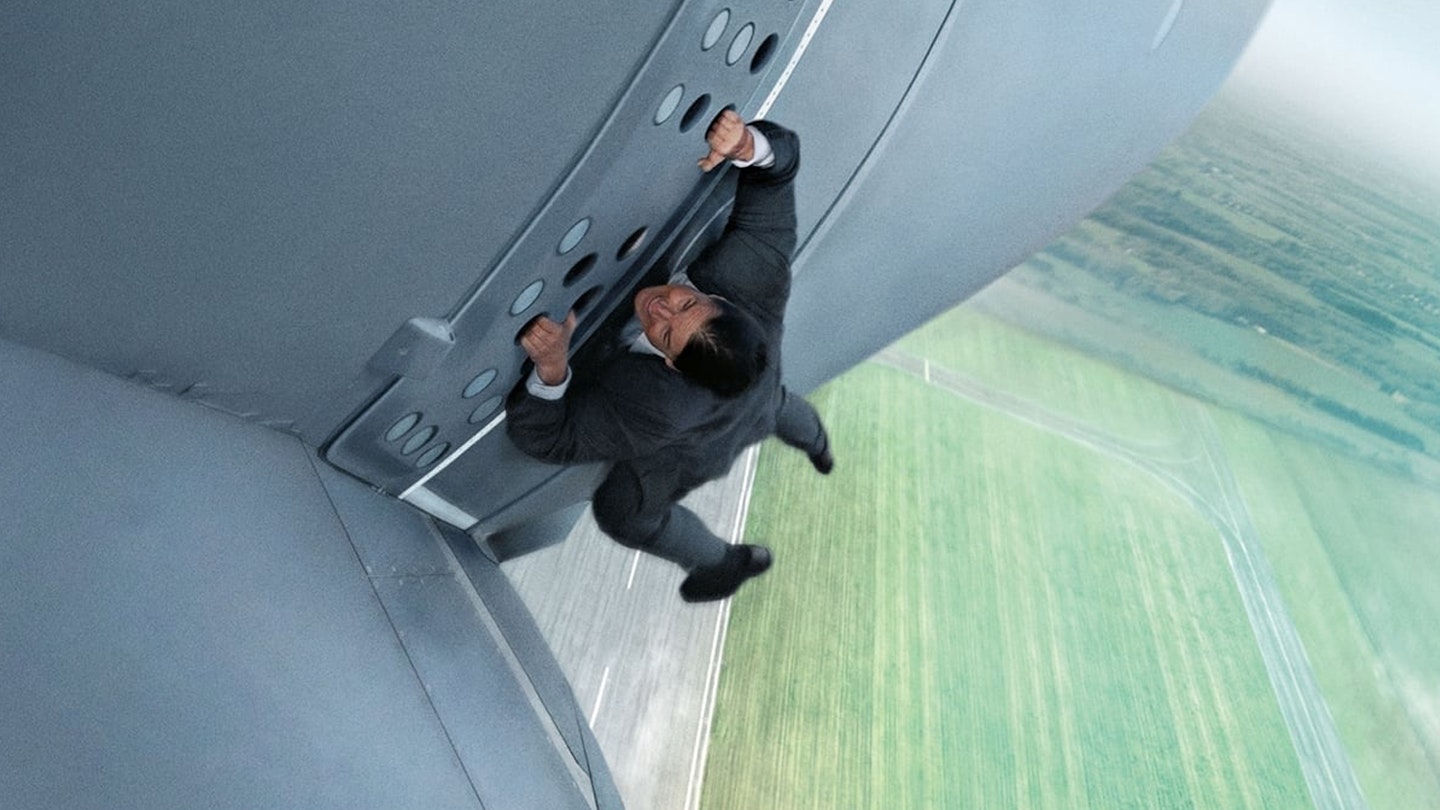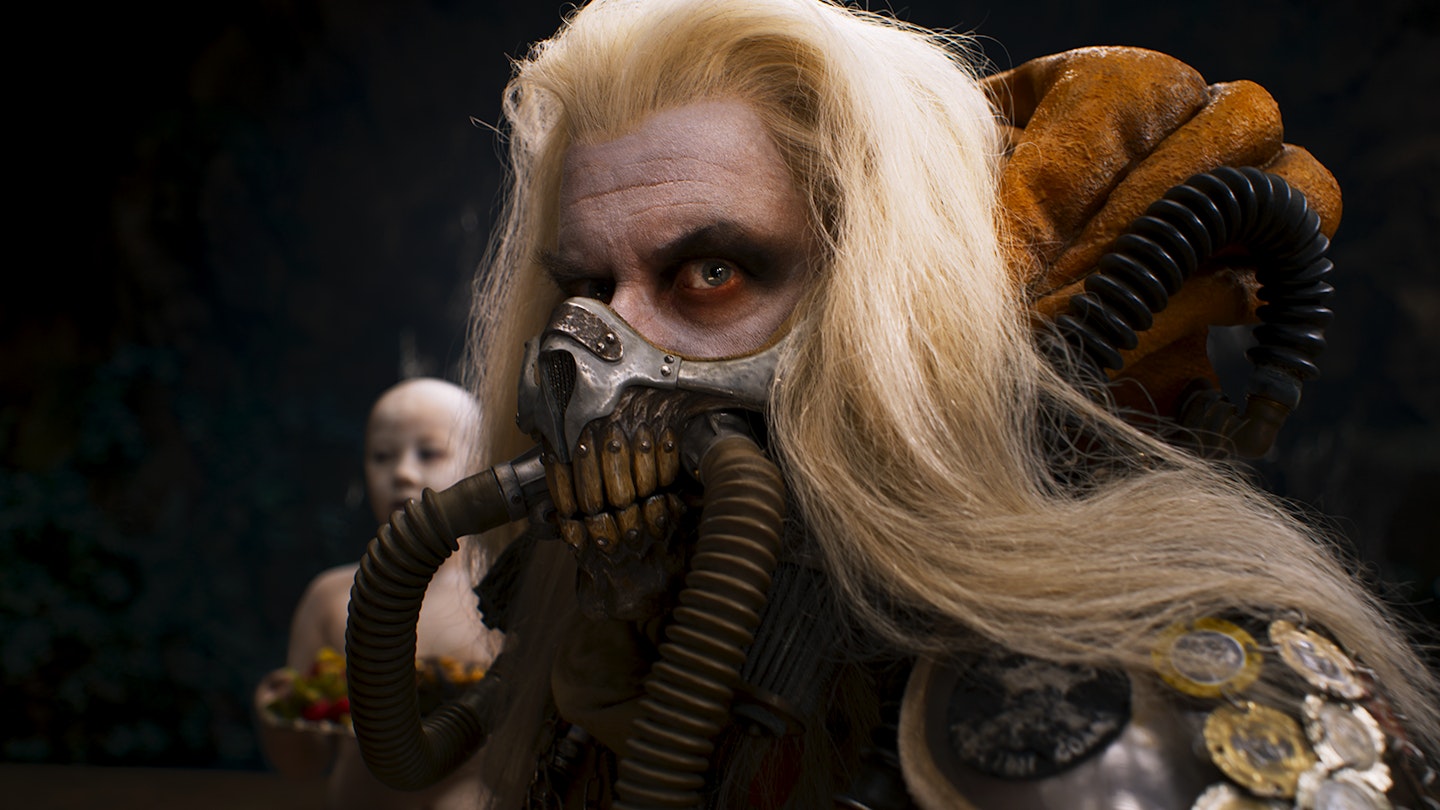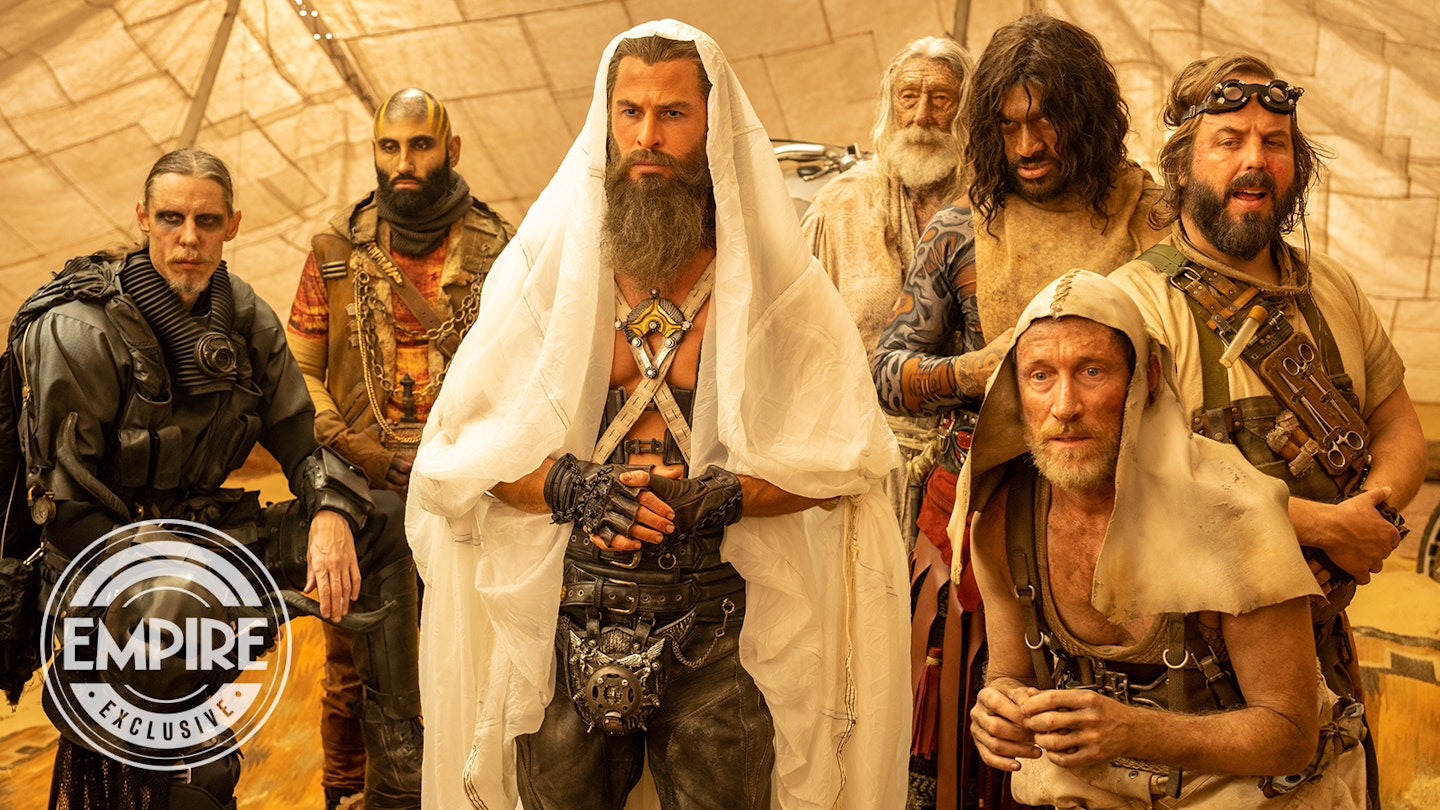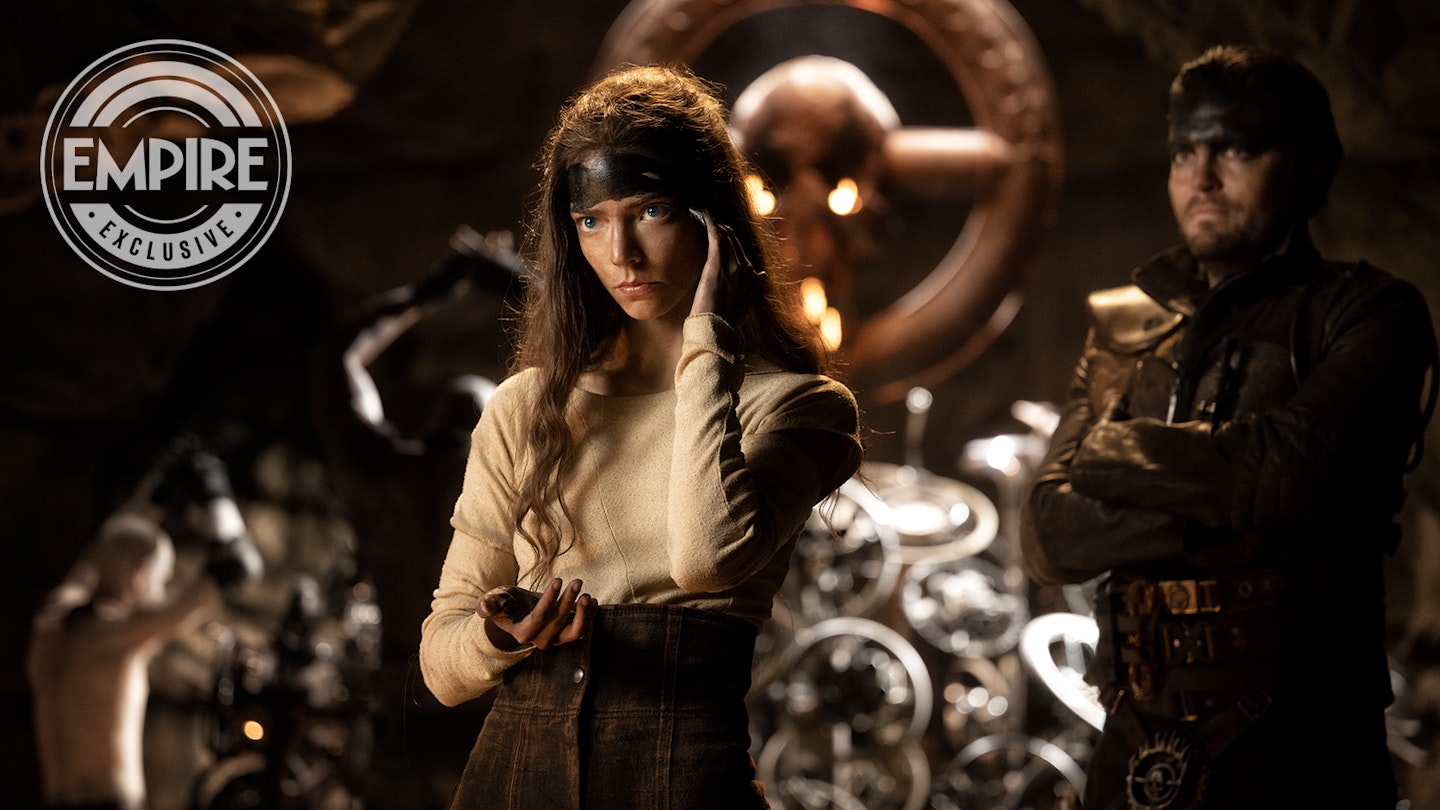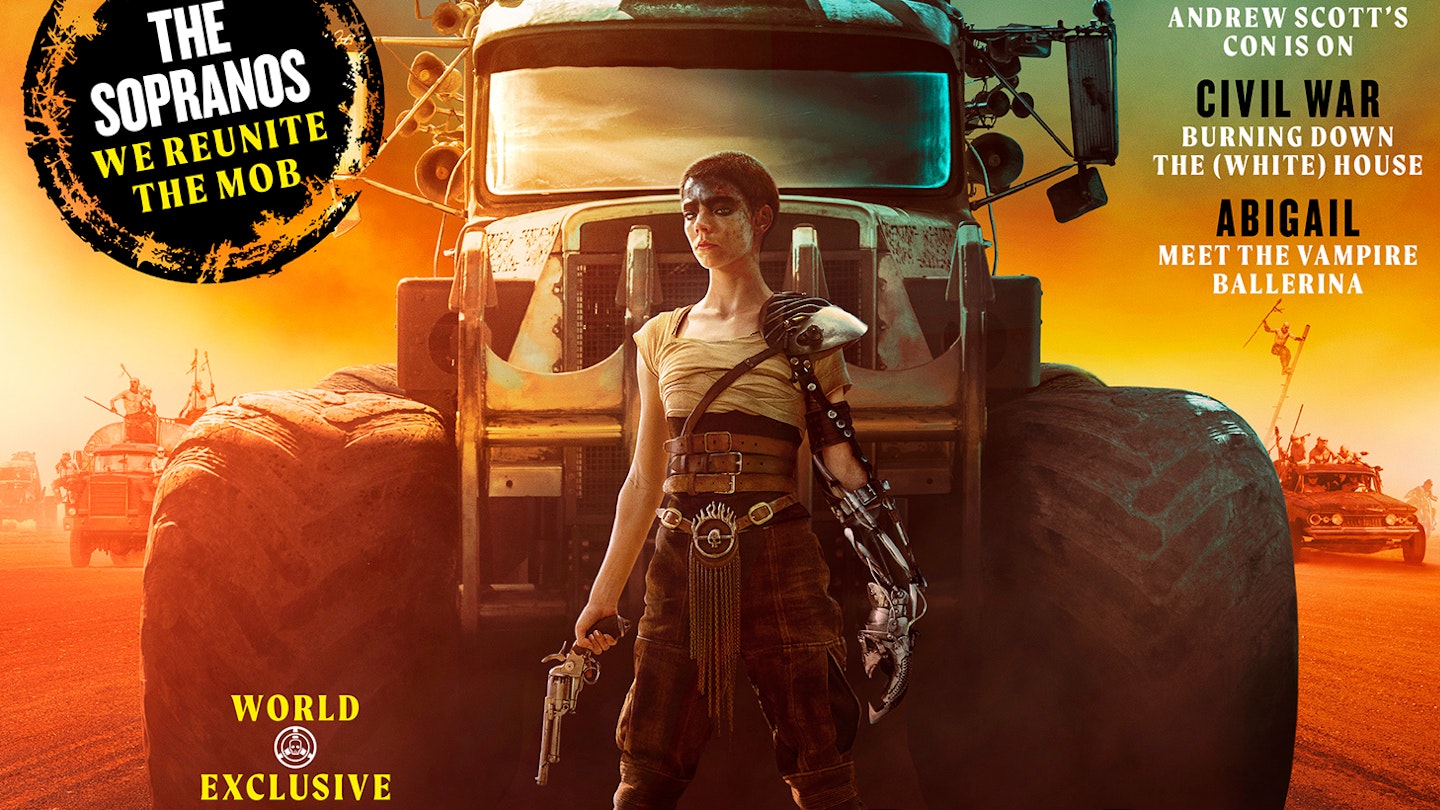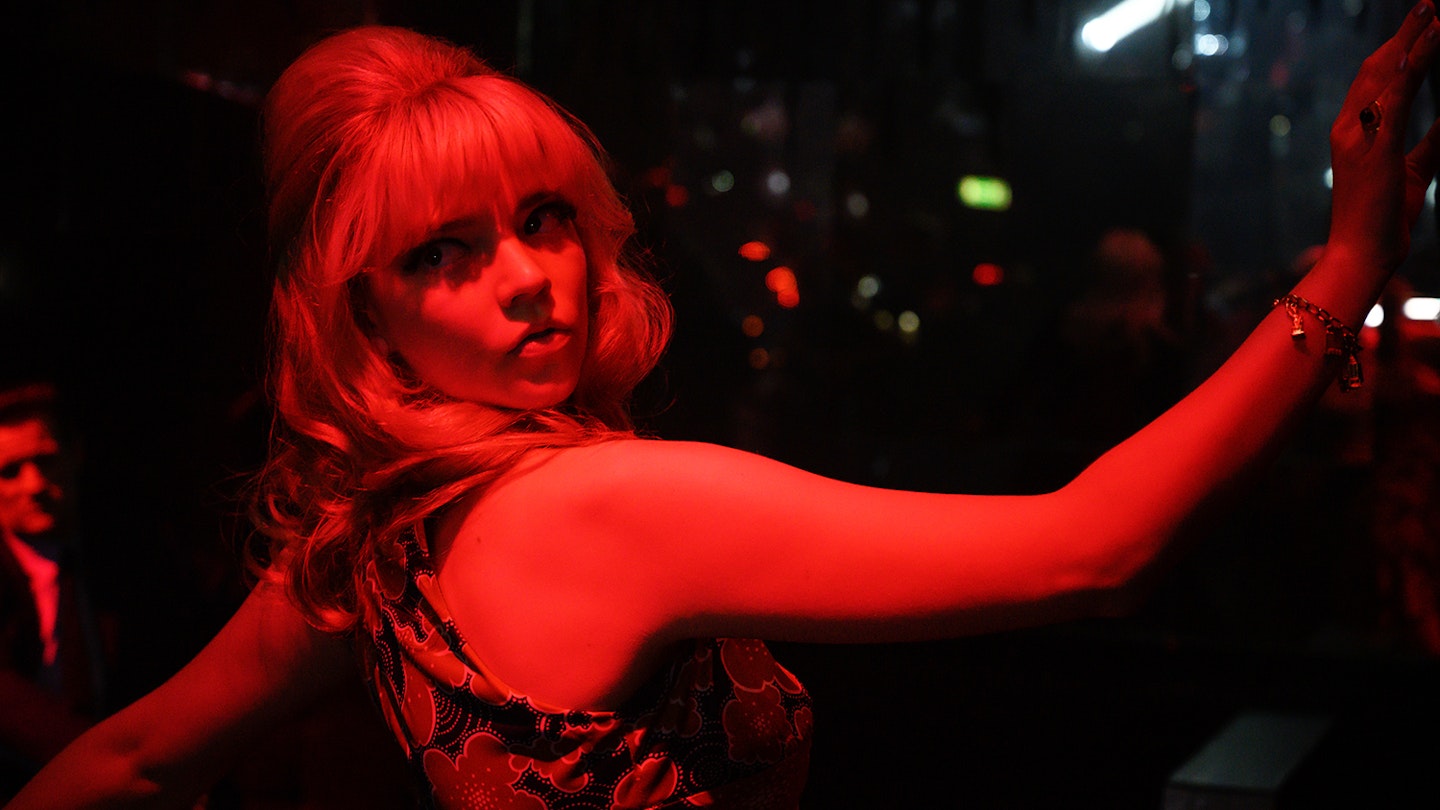Before venturing down Fury Road, George Miller’s wildly entertaining reincarnation of his post-apocalyptic Oz, it’s worth reacquainting yourself with his previous Mad Max films. Not necessarily because they are landmarks in the art of slamming vehicle into vehicle at extreme velocities, automotive carnage that has inspired everyone from James Cameron to Edgar Wright. Even the Mel Gibson-on-wires capers of the under-appreciated Beyond Thunderdome possess a giddy, violent power.
No, it’s worthwhile returning to Mad Max’s high-octane futurology to remind yourself that this is one bat-shit crazy franchise. All these goofy, psychotic tribes outfitted like thrash-metal gladiators battling over the last dregs of petrol in jerry-built hot-rods. The brand name refers not only to its tortured hero — it is a statement of intent. And now, with $150 million-plus change at his disposal and the devil’s gleam in his eye, Miller has surely achieved maximum madness.
Over the three decades since Beyond Thunderdome, the versatile Aussie hasn’t written a script so much as drawn-up battle plans. Like Mad Max 2, Fury Road is structured as one brilliantly sustained chase sequence in warped homage to Stagecoach. Over the varying terrain of this post-nuke Monument Valley, a heavily armoured tanker dubbed the War Rig, piloted by the unfortunate Max (Tom Hardy) and turncoat imperator Furiosa (Charlize Theron), staves off wave upon wave of hair-brained attacks from the War Boys, a local chapter of mutant wackos giving chase in a swarm of beefed-up chariots. It is not petrol that’s at stake, but a harem of five gorgeous if gobby brides stolen from beneath the nose of premier deviant Immortan Joe (Hugh Keays-Byrne, who played Toecutter in Mad Max) — a bleach-skinned grotesque doing the majority of his raging via his eyeballs, given the oxygen mask clamped to his jaw like Bane’s maniac progeny.
Miller really gets into his tribal culture. The War Boys have concocted a proto-civilisation-cum-cult inside towering rock formations called the Citadel. Radiation has taken its toll: the speed freaks are as pale as zombies, hairless and slack-brained enough to buy Joe’s Viking-styled baloney about a Valhalla to come. There is a lot of chanting.
Again names double as character traits: Rictus Erectus, People Eater, Organic Mechanic, The Dag. Such a shame that Vin Diesel was already been taken. The baldies subdivide into Drivers, Spikers (spearmen) and the Polecats, who swing heart-stoppingly between muscle cars at the end of elongated poles (for real). Miller likes it gross: obese women are farmed for breast milk, and Max serves as a mobile blood bank for Nicholas Hoult’s Nux, a winningly hell-bent driver suffering from radioactive debilitation. In a fetching detail, the twin tumours bulging from his clavicle have been tattooed with smiley faces.
There may not be a Bruce Spence or Angry Anderson cameo, but Miller’s desert nightmare is unmistakable. Joe’s lair resembles a former thunderdome and he has Tina Turner’s hair. Less haunted than bombarded by prescribed visions of a dead daughter, Hardy’s Max cuts an even more enigmatic figure than Gibson’s muttering Robin Hood. On the rare occasion Hardy gets a line, he speaks in a weird, sub-woofer-deep monotone as if from beyond the grave.
Once Furiosa’s War Rig begins guzzling down the desert highway into the Wasteland, there is barely time to contemplate logic or motivation, or frankly the inclination. The film exists in a permanent state of crisis. Why has Furiosa rescued the brides? How has she smuggled them out? It doesn't matter: the wide shot of girls clad in bridal togs clinging to the underside of a tanker tells you they are illicit cargo. Why does Max get enlisted? He can’t help himself — he’s Max. The mutual reliance of Furiosa and Max is never declared: it’s that or they succumb to the meatheads.
The excellent Theron’s highly capable and aptly named heroine is the more engaging of the two leads. She’s more human, more desperate. The brides too make for a gaggle of amusingly grouchy individuals, determined not to be breeding stock. You could say there is a crackers feminist subtext at work — it's the women who are trying to set mankind back on track, the men who have mutant blood.
Inevitably the leanness of the early films has been lost, but without question Fury Road remains the work of a visionary. Miller has put all the money, all the perverse and poetic flights of his imagination, on the screen. The scope is more operatic, the attitude still punk rock. It’s almost as if a petrol-head David Lynch has been given license to despoil the homogenised blueprint of the modern blockbuster. Racing into a gigantic, surreal sandstorm, the pursuit is assaulted by forks of lightning, tornadoes and scarlet fireballs, an echo of the nuclear holocaust that has left the world mad.
Fury Road is a defiantly, at times deliriously, cinematic experience. Utilising 3,500 storyboards, 480 hours of raw footage, multiple frame rates, handhelds, swooping cranes, crash zooms, a blithe disregard for the personal safety of a garrison of stuntmen and the tangible bulk of real metal being hurled about at ridiculous speeds, he has created a symphony of destruction. I-Max will melt your brain.


